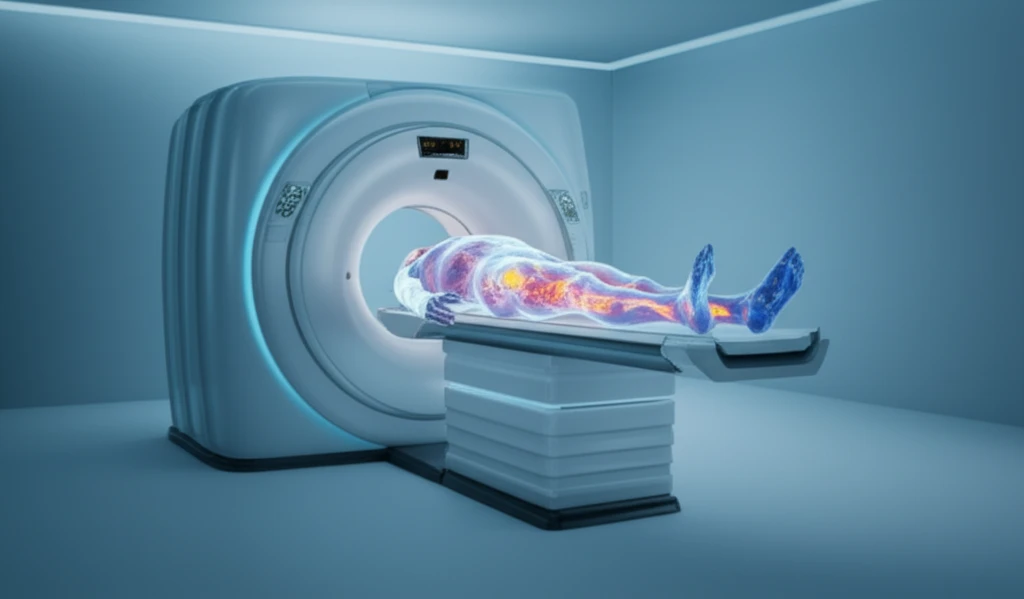
PET/CT Scans: A Reliable Way to Diagnose and Monitor Bone and Soft Tissue Sarcomas?
"A new analysis confirms the value of PET/CT scans in detecting and tracking sarcomas, offering hope for improved cancer care."
Osseous and soft tissue sarcomas, rare cancers affecting bone and surrounding soft tissues, often present diagnostic challenges. Accurate detection and monitoring are critical for effective treatment. While biopsies and conventional imaging techniques like X-rays, CT scans, and MRIs play a role, there's a growing need for more precise diagnostic tools.
Positron Emission Tomography (PET) scans, combined with Computed Tomography (CT) in a PET/CT scan, offer a promising solution. PET scans measure the metabolic activity of cells, while CT provides detailed anatomical images. This combination allows doctors to visualize both the structure and function of tissues, potentially differentiating between benign and malignant tumors.
A recent study analyzed existing research to determine how effective PET/CT scans are in diagnosing and monitoring sarcomas. This article breaks down the findings of this analysis, explaining the potential benefits and limitations of using PET/CT scans in sarcoma management.
The Accuracy of PET/CT Scans in Diagnosing Sarcomas

The study reviewed data from multiple published articles, focusing on the ability of PET/CT scans to accurately identify sarcomas. The analysis included a significant number of patients and lesions, providing a robust dataset for evaluation.
- High Sensitivity: PET/CT scans demonstrated a high sensitivity, meaning they were good at correctly identifying cancerous lesions. Specifically, the sensitivity was around 90%, indicating that the scan would correctly identify 90 out of 100 sarcomas.
- Good Specificity: The scans also showed good specificity, meaning they were able to accurately distinguish between cancerous and non-cancerous tissues. The specificity was approximately 89%, indicating that the scan would correctly identify 89 out of 100 benign lesions.
- Combined Results: When both cancerous and non-cancerous tissues were examined with lesion-based analysis the accuracy was about 96% for the scans.
The Future of Sarcoma Diagnosis with PET/CT
This research strengthens the evidence supporting the use of PET/CT scans in the diagnosis and management of bone and soft tissue sarcomas. The ability to accurately detect and monitor these tumors can lead to earlier diagnosis, more effective treatment plans, and ultimately, improved outcomes for patients.
While promising, it's important to acknowledge some limitations. The analysis included a relatively small number of patients in some studies. Additionally, the high cost and limited availability of PET/CT scans may restrict their widespread use.
Despite these limitations, PET/CT scans hold significant potential for transforming sarcoma care. As technology advances and costs potentially decrease, PET/CT imaging may become an increasingly integral tool for diagnosing and monitoring these challenging cancers.
